Description
Introduction to Chak Shaman
Chak Shaman is a historically rich village situated about 20 kilometers from Jammu city, in the Jammu district of the Union Territory of Jammu & Kashmir, India. The name “Chak” denotes its establishment as an agricultural settlement, most likely during the mid-20th century land reforms or irrigation-driven development schemes. Such settlements often grew around canal networks introduced during British rule or in the early post-independence period. The suffix “Shaman” reflects a local clan or family lineage, though its direct association with the medieval Chak dynasty of Kashmir remains speculative. Today, Chak Shaman is part of the Kalyanpur gram panchayat and stands as an example of rural progress with a strong cultural heritage, balanced demographic structure, and an improving literacy profile.
Population and Demographics
Spreading across an area of 136.8 hectares, Chak Shaman accommodates a population of approximately 3,500 people living in around 506 households. The village presents a socially diverse composition, with 19.8% of the population belonging to Scheduled Castes and a smaller fraction from Scheduled Tribes, while the majority are from General and Other Backward Classes, primarily following Dogra (Hindu Rajput) traditions. Literacy rates stand close to 76%, with both men and women contributing nearly equally, reflecting progressive educational growth. This balance highlights the village’s commitment to education and gender participation in social and economic spheres.
Cultural Heritage of the Dogra Community
Chak Shaman’s identity is deeply linked to the Dogra community, who form the core of its population. The Dogras, with their warrior ethos and vibrant traditions, have historically played a vital role in the region’s cultural and political landscape. They ruled Jammu and Kashmir from 1846 until independence in 1947 and continue to be remembered for their valor, particularly through service in the Indian Army’s Dogra Regiment. Cultural expressions such as folk dances like Kud and Geetru, festivals including Lohri and Baisakhi, Dogri literature, handicrafts, and traditional attire form an inseparable part of Chak Shaman’s social life. These customs not only preserve ancient traditions but also bind the community together.
Economic Activities and Livelihood
Agriculture is the primary livelihood in Chak Shaman, engaging nearly 75% of the population (2625 members). Cultivation of seasonal crops, supported by irrigation networks, forms the economic backbone of the village. The remaining 25% of households (875 members) supplement their income through non-agricultural activities such as weaving, tailoring, poultry farming, animal husbandry, and small trade. Seasonal or part-time employment remains a reality for about one-third of the working population, reflecting reliance on intermittent sources of livelihood. Although industrial activity is minimal, the mix of agricultural and non-agricultural practices demonstrates the village’s gradual adaptation to economic diversification.
Principal Attractions and Festivals
The most prominent cultural event associated with Chak Shaman is the Jhiri Mela, held annually just two kilometers from the village. This vibrant fair, observed during the winter season, attracts large gatherings from Jammu and surrounding regions. Richly decorated stalls, cultural performances, and traditional entertainment bring the village to life. One of the highlights of this mela is the serving of Rajma Chawal with Ambal, a tangy accompaniment, which has become a culinary identity of the area. The Jhiri Mela is not only a celebration but also a reflection of community pride, faith, and shared heritage.
Educational Infrastructure
Education in Chak Shaman begins with primary institutions such as My Chotta School and extends to secondary education at the Government Girls Higher Secondary School. With a good number of teachers and students, these institutions provide the foundation for local education. Beyond the village, several colleges within a 10-kilometer radius offer higher education opportunities, ensuring that students can pursue advanced studies without relocating far from home. This accessibility to education reflects the village’s investment in preparing its younger generations for diverse career paths.
Healthcare and Wellness Services
Chak Shaman maintains essential healthcare facilities through its Primary Health Center and an Ayurvedic Hospital (AYUSHMAN Arogya Mandir), which provide diagnostic, preventive, and alternative medical treatments. Regular health camps and awareness programs are organized to educate villagers about government health schemes and ensure routine medical check-ups. While primary healthcare is locally accessible, advanced treatment often requires traveling to nearby towns or Jammu city, where full-service hospitals and specialized AYUSH facilities are available.
Entertainment and Cultural Values
Entertainment in Chak Shaman is deeply community-oriented, reflecting the traditions and social fabric of the Dogra people. Formal entertainment venues are limited, but the village thrives on collective activities such as local fairs, folk performances, and religious gatherings. The Jhiri Mela serves as the centerpiece of cultural expression, showcasing music, dance, and theatre in traditional formats that bring people together from nearby villages as well.
Beyond festivals, informal gatherings such as evening cricket matches, kabaddi leagues, and social events in open courtyards form the basis of everyday recreation. Storytelling sessions, home-based movie viewing, and the practice of folk dances like Kud or Geetru during weddings and festivals keep cultural values alive. Such practices not only entertain but also preserve the heritage and strengthen the bonds of community life.
Sports and Recreational Activities
Sports are a defining feature of community life in Chak Shaman. The village has dedicated grounds for football and cricket, which are widely popular among the youth. Open-air gyms and multi-purpose playfields encourage physical activity, fitness, and teamwork. In addition, traditional sports like kabaddi and kho-kho hold annual tournaments, fostering cultural pride and community bonding. These sporting events not only promote health but also attract visitors from nearby areas, enhancing the village’s social vibrancy.
Gastronomy: Traditional Cuisine
Chak Shaman’s culinary heritage is best represented by Rajma Chawal with Ambal, a dish relished during festive gatherings and community celebrations. This simple yet flavorful combination of red kidney beans, rice, and tangy pumpkin preparation is emblematic of Dogra cuisine. It highlights the village’s preference for wholesome and traditional meals, rooted in seasonal ingredients and cultural practices. Food, particularly during festivals like the Jhiri Mela, plays an essential role in uniting families and reinforcing cultural continuity.
Biodiversity and Natural Setting
The flora and fauna surrounding Chak Shaman contribute to its rural charm. The region is home to a variety of small mammals, reptiles, and bird species, including peacocks, chakor partridges, and pheasants. Medicinal herbs and edible plants found in the local landscape are traditionally used for healing and food preparation, linking natural resources to cultural practices. The biodiversity enhances both the ecological balance and the community’s connection to nature.
Accessibility and Connectivity
Chak Shaman enjoys convenient accessibility due to its proximity to Jammu city. Well-connected through regional road networks, including the Jammu Ring Road linking Thandi Kui to Nagrota, the village has reliable transport links. Shared matadors (mini-vans), auto-rickshaws, and local buses provide affordable mobility for residents. This connectivity ensures that villagers remain linked to urban centers for employment, education, and healthcare, while still preserving their rural lifestyle.
Best Time to Visit
The ideal time to visit Chak Shaman is during the winter season, especially when the Jhiri Mela takes place. The festive environment, cultural programs, and culinary highlights during this period offer visitors an immersive experience into Dogra traditions and village life. Warm hospitality and the vibrant atmosphere allow travelers to engage with the community’s customs, making it the most rewarding time to explore Chak Shaman.
Photos
Videos
Location Map
Contact Information
| Address |
PINCODE: - 181206 Marh Block, Jammu District |
| Phone Number |
9797675888 |
| Email Address | |
| Website | https://jkpanchayat.jk.gov.in/homeview.php?panchayat=Shama%20Chak&block=Marh#:~:text=Chak%20Shaman%20village%20is%20located,panchayat%20of%20Chak%20Shaman%20village. |
Reviews (5)


Nice Exploration

This is actually inspiring.You've done such a good job.

Great Effort👏

Great Team Effort 👏🏻

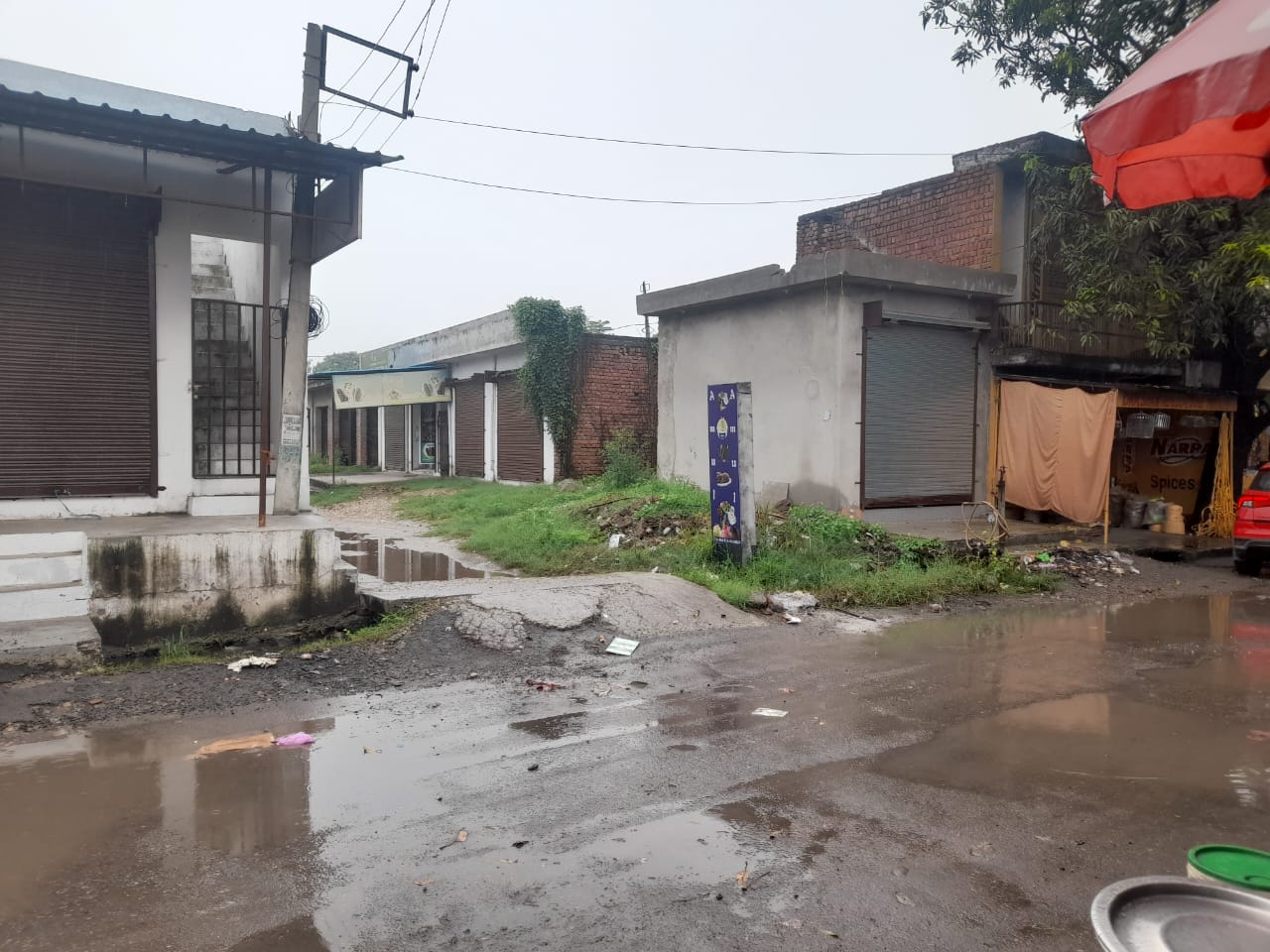
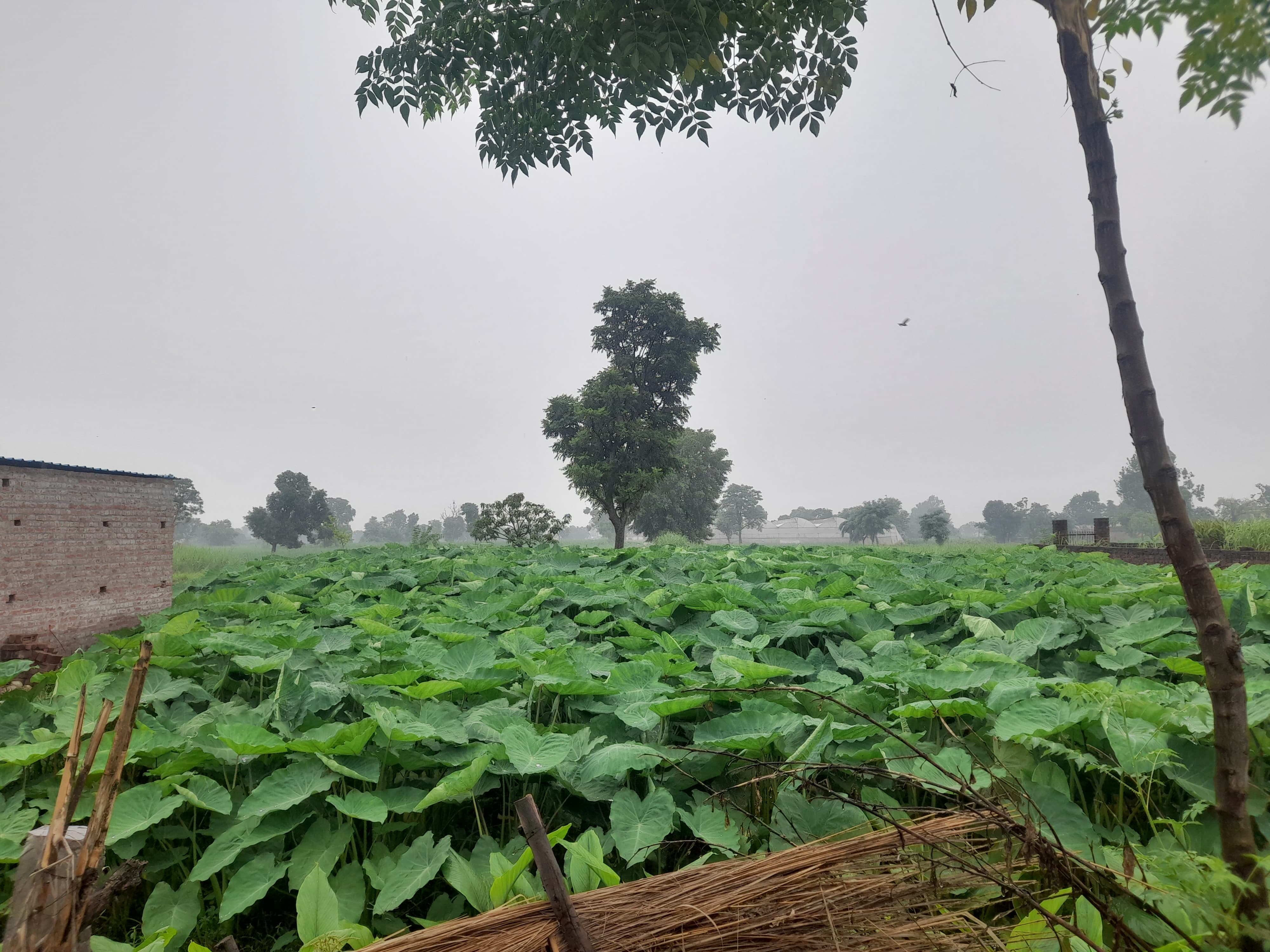
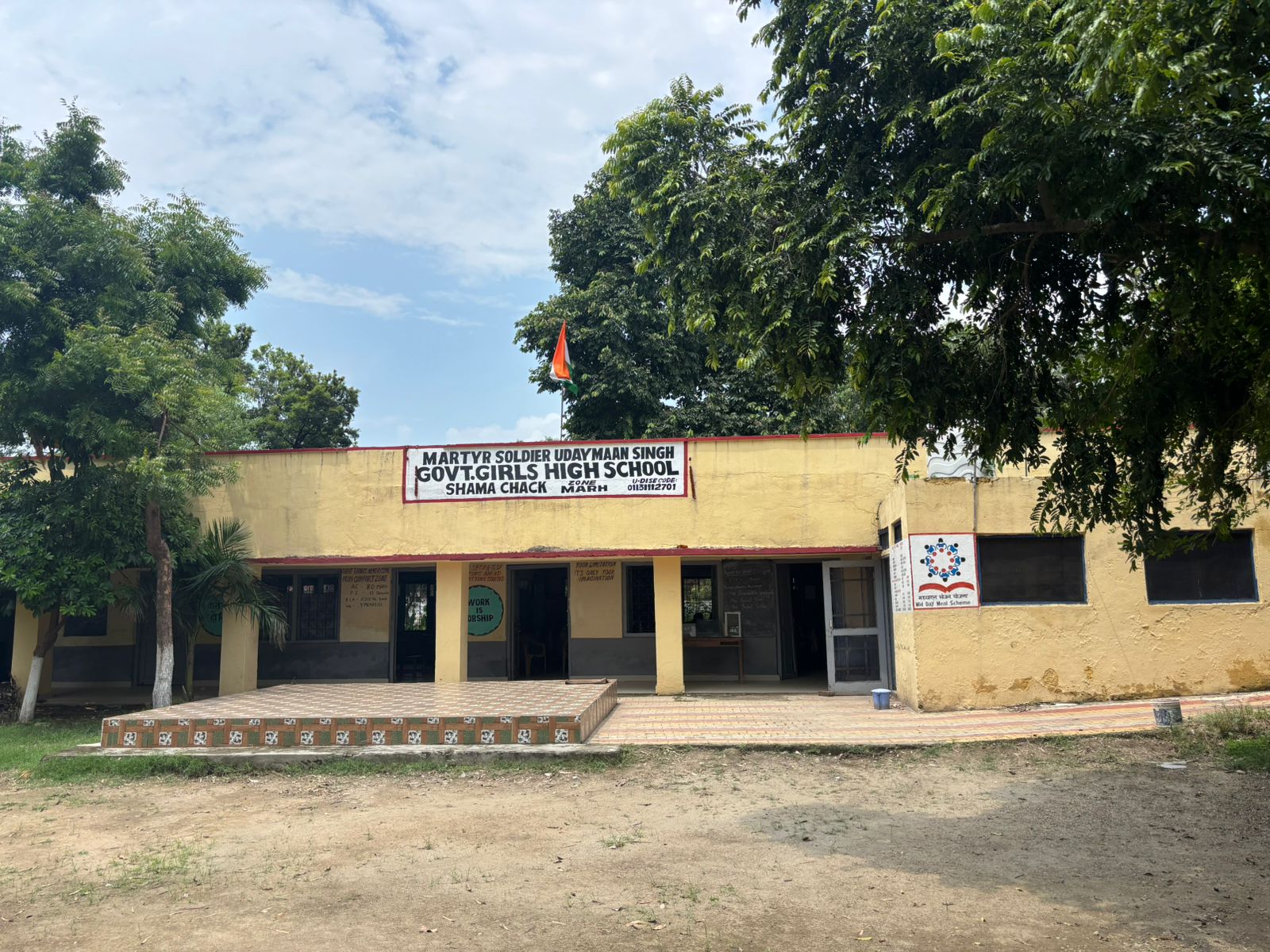
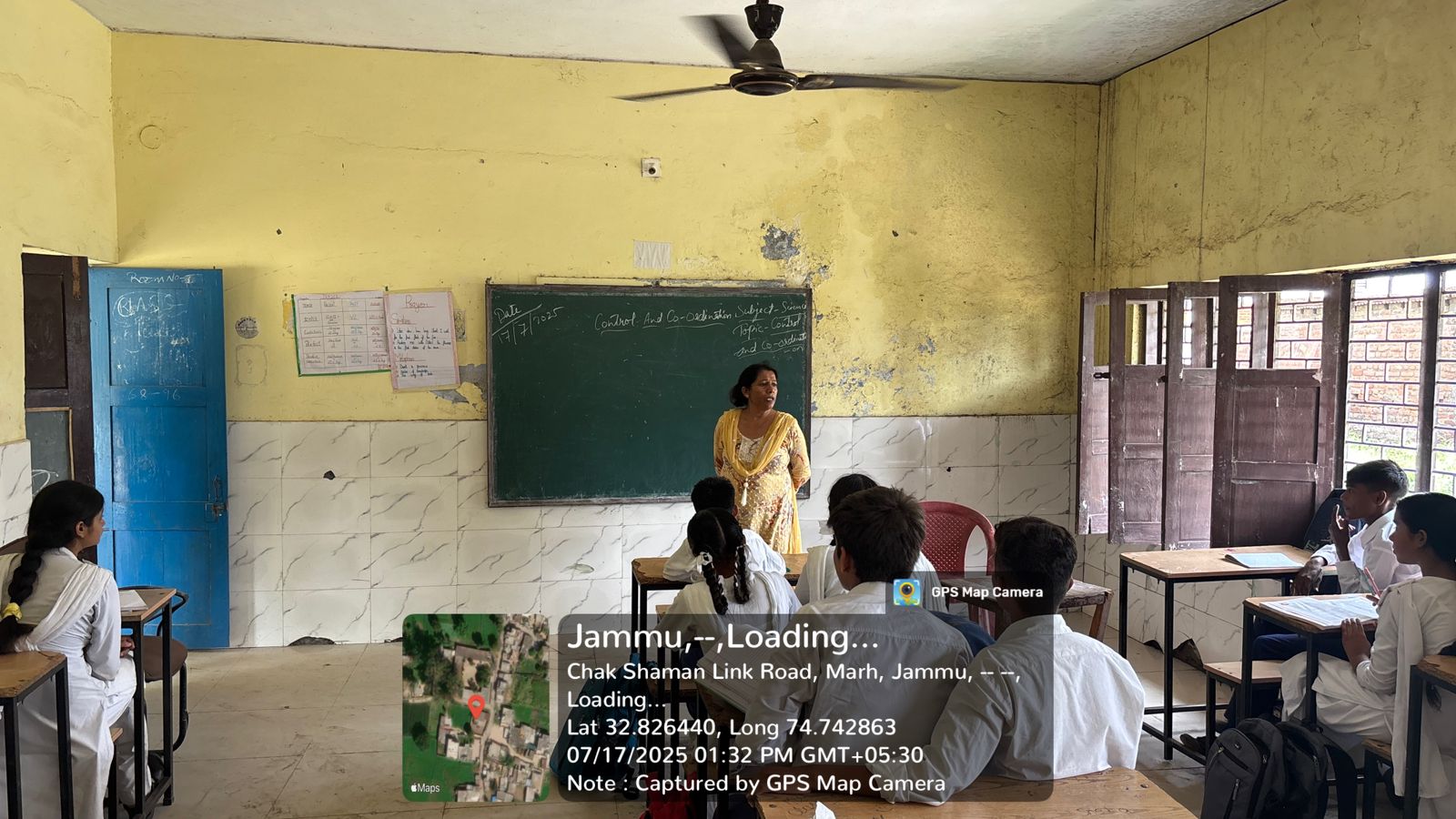
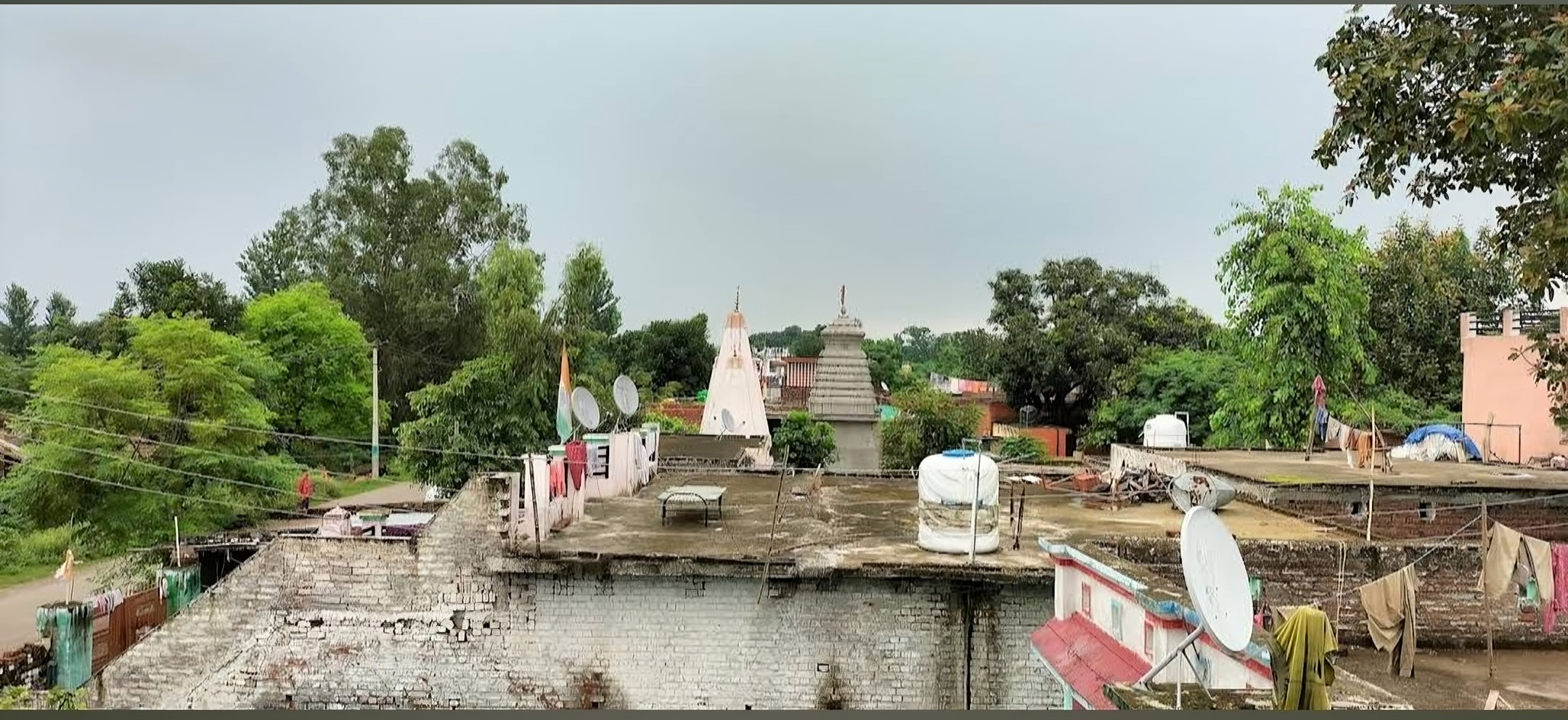
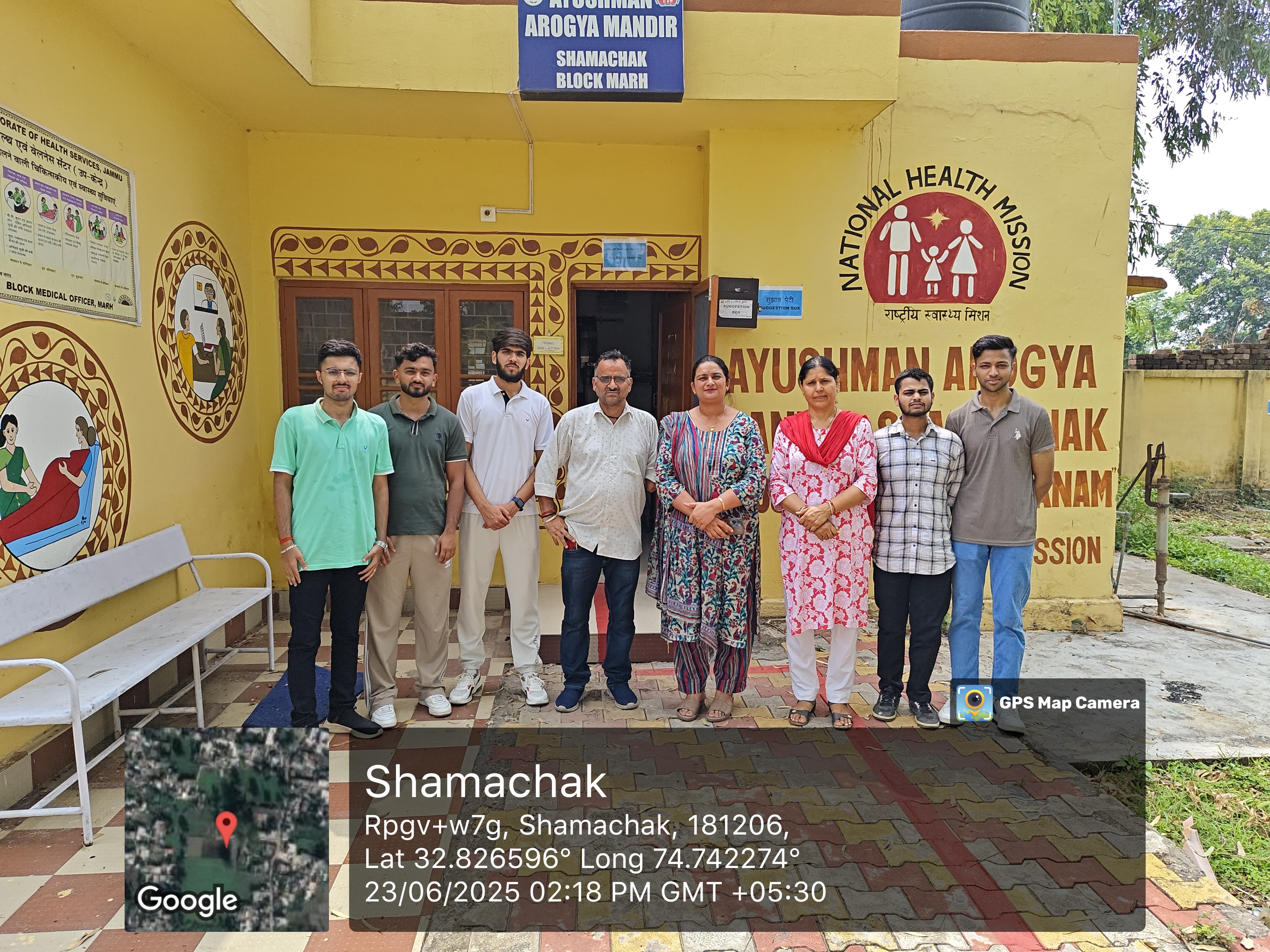
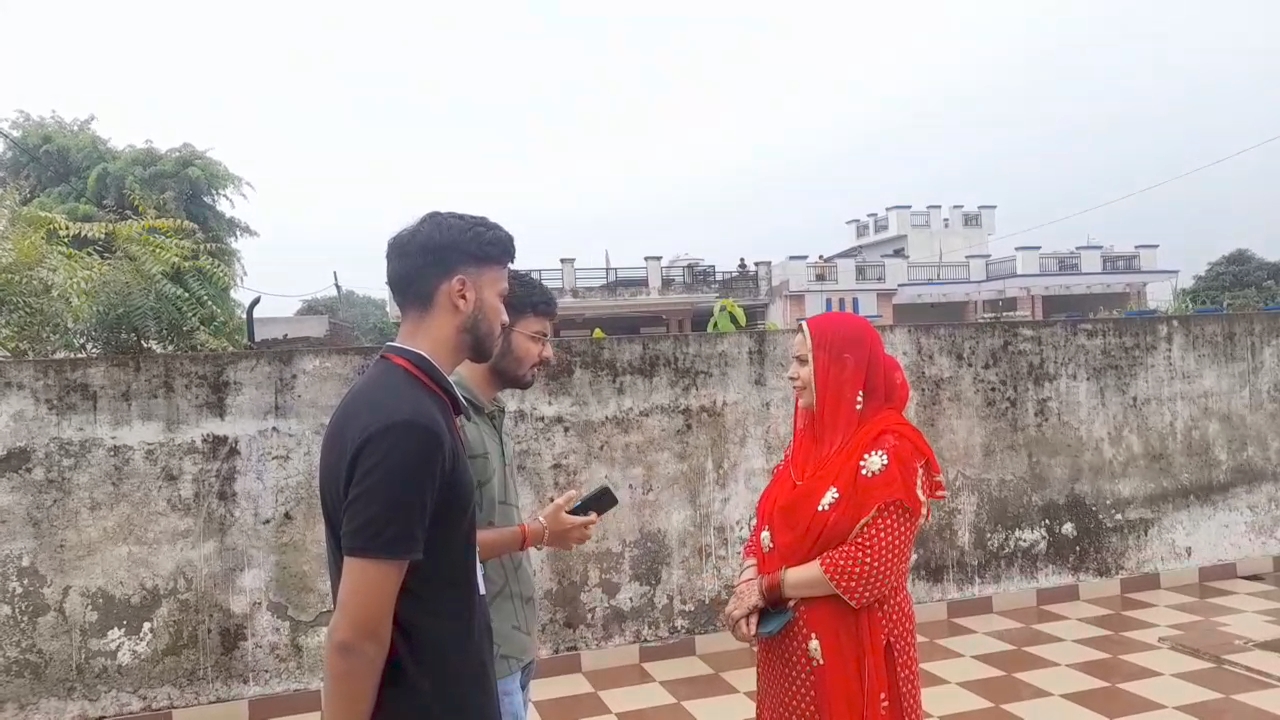
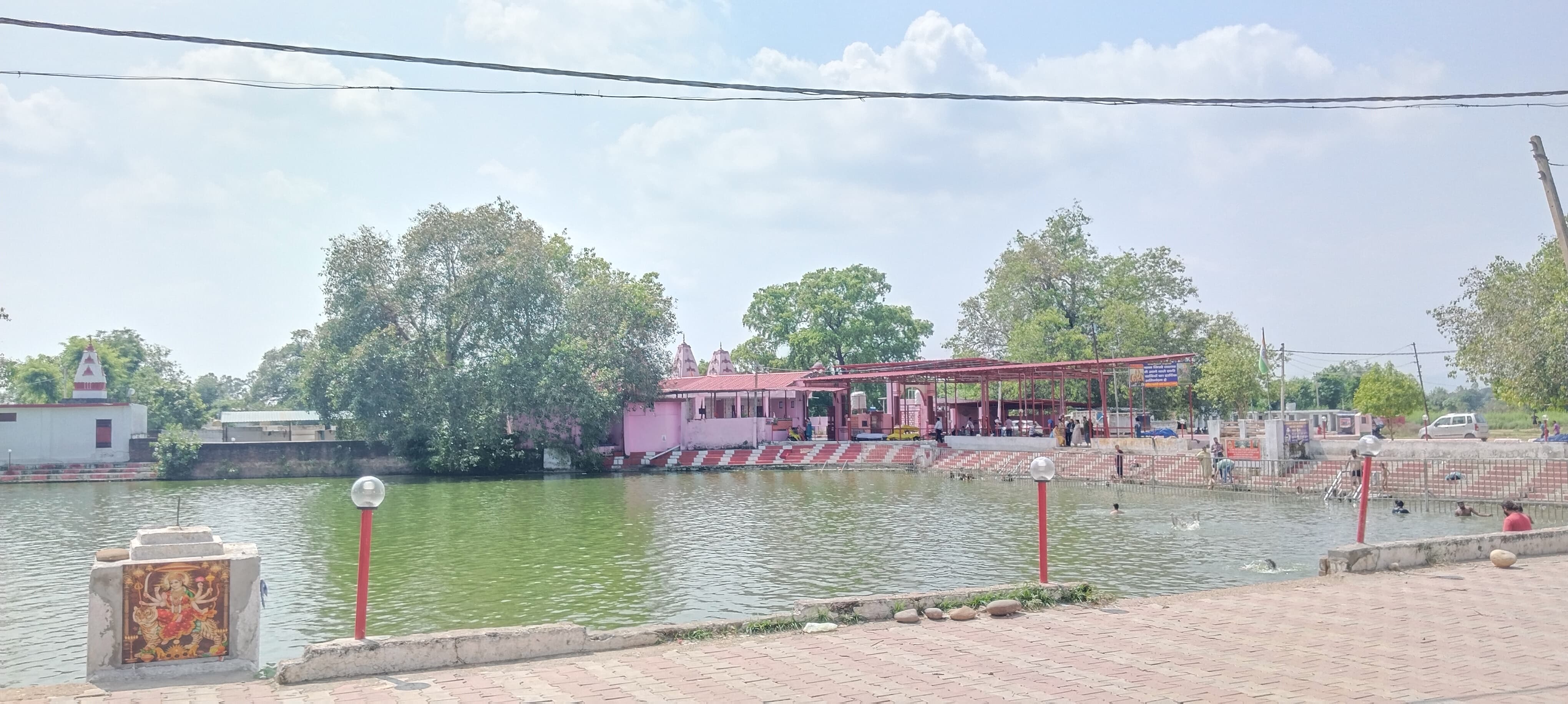
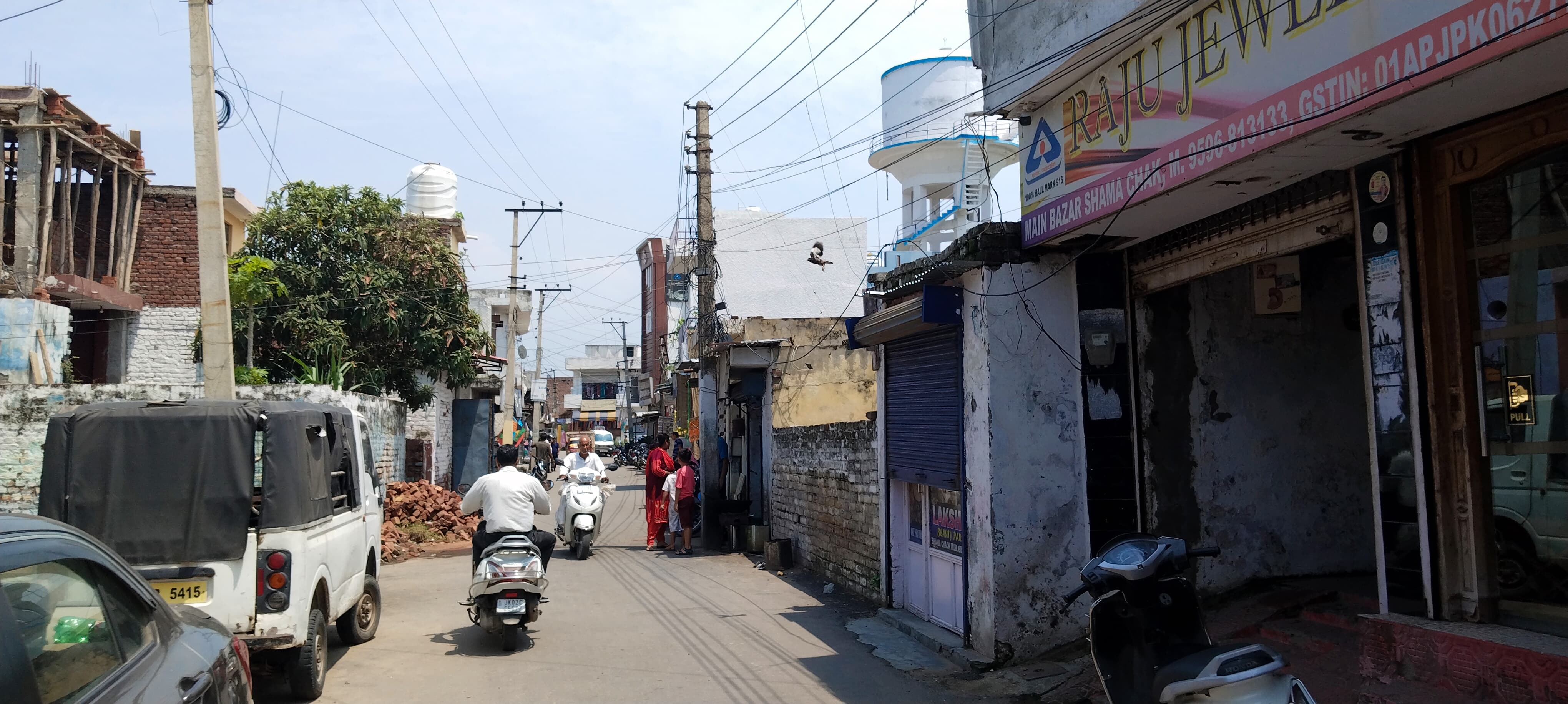
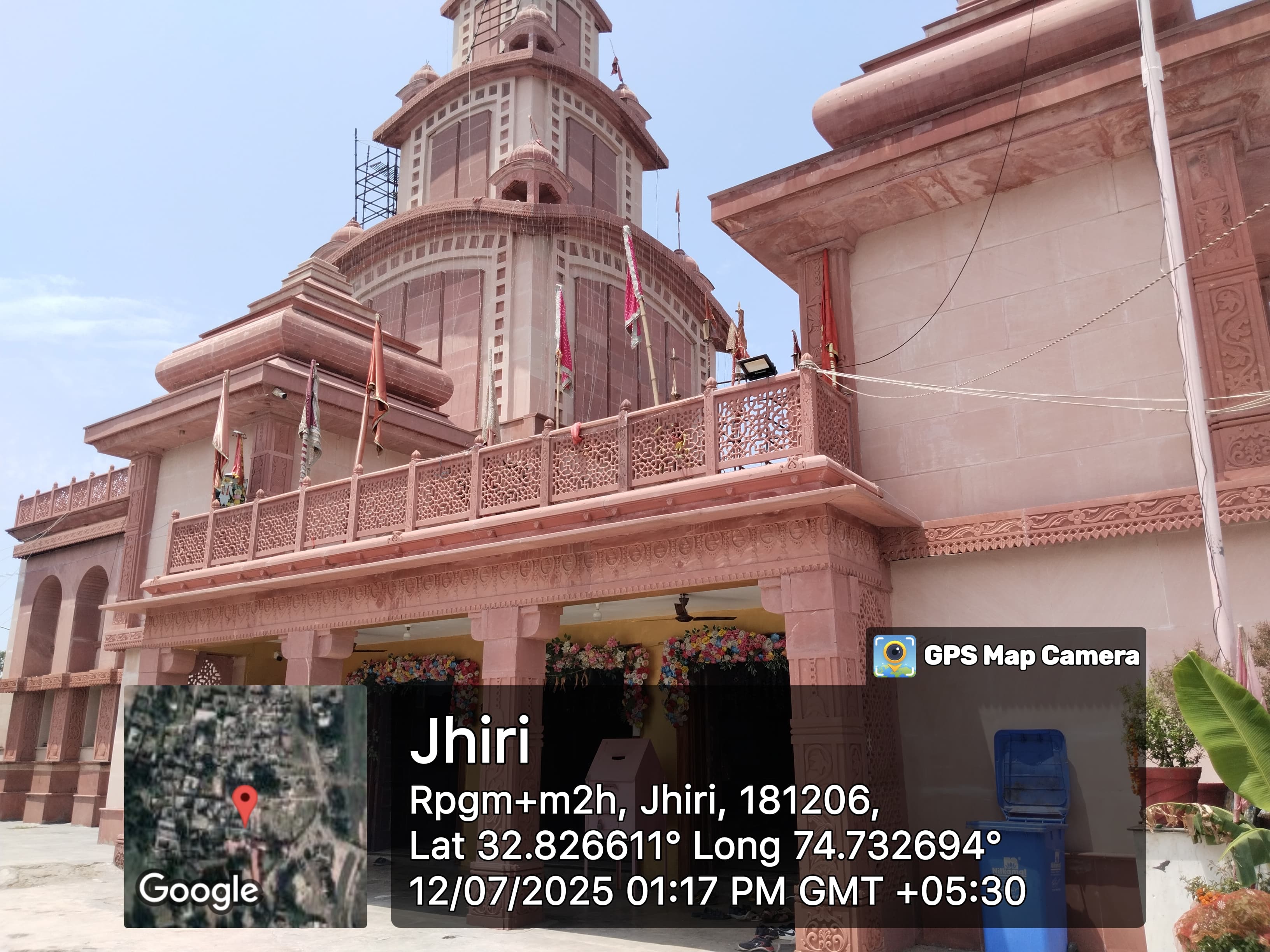
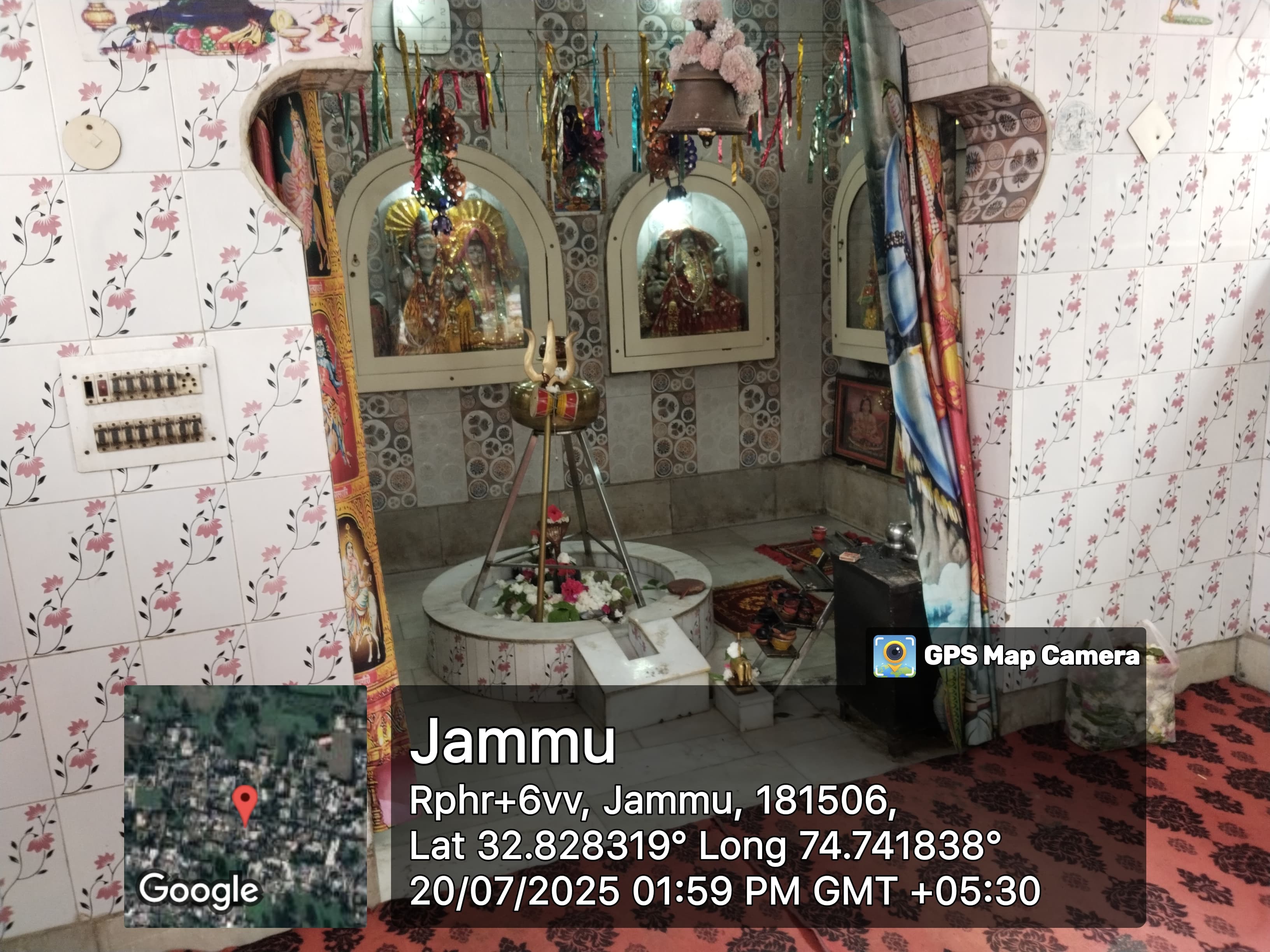
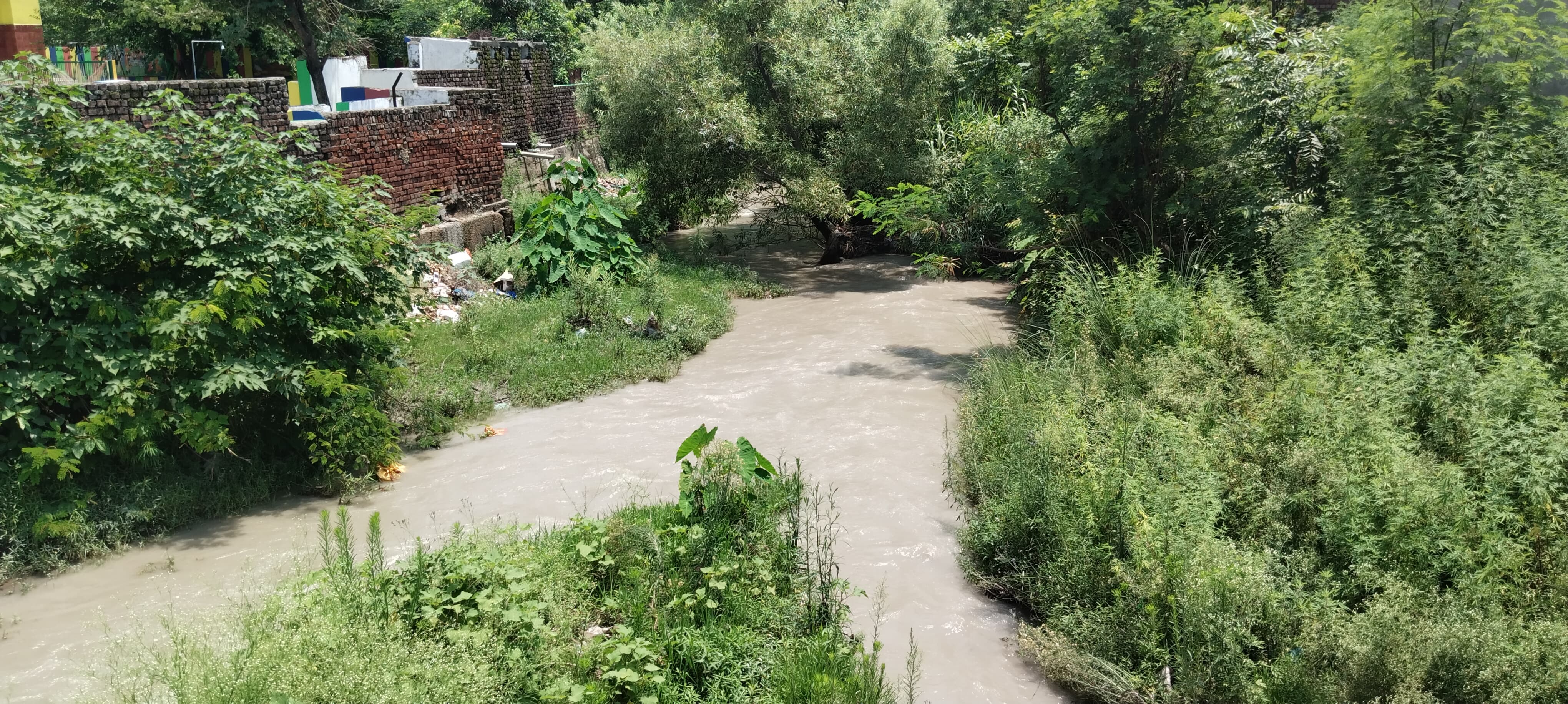
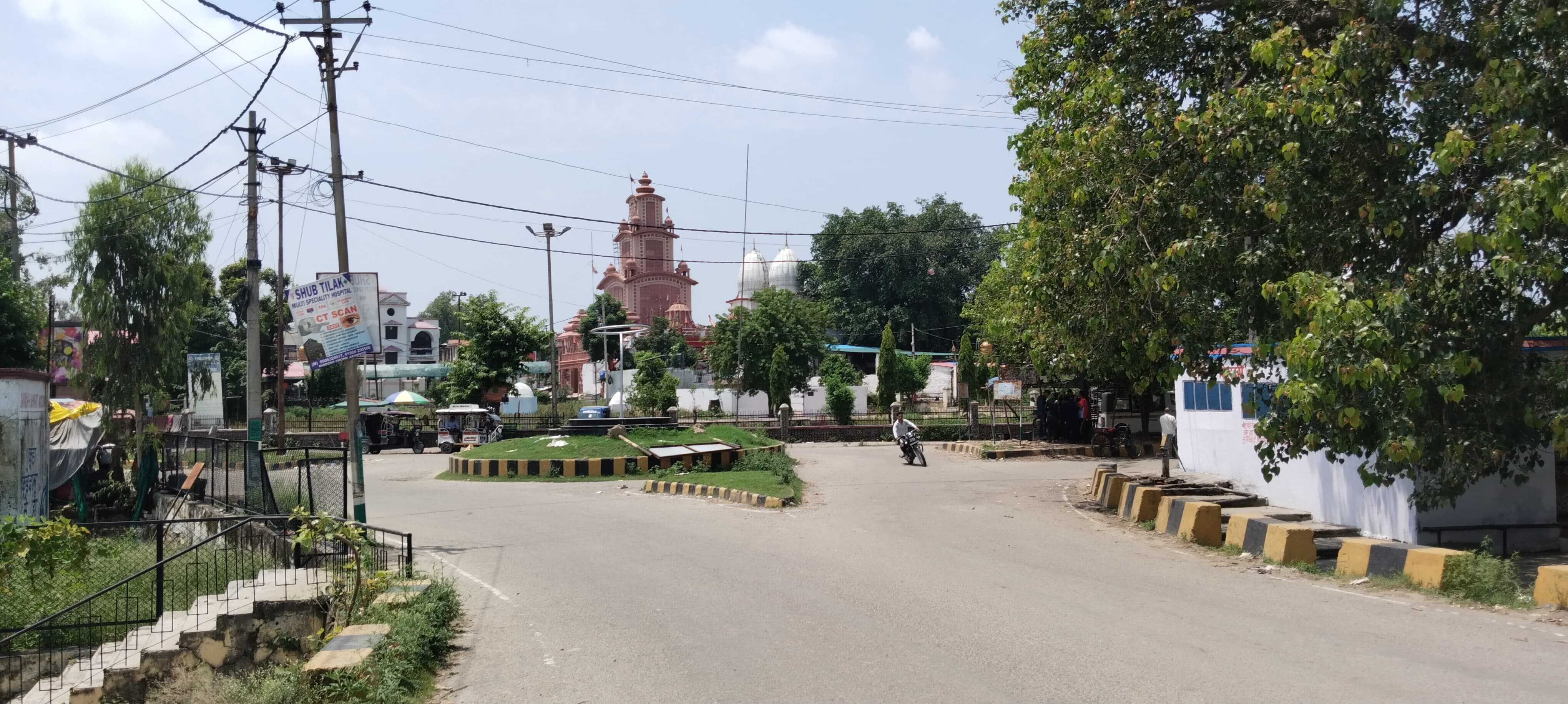
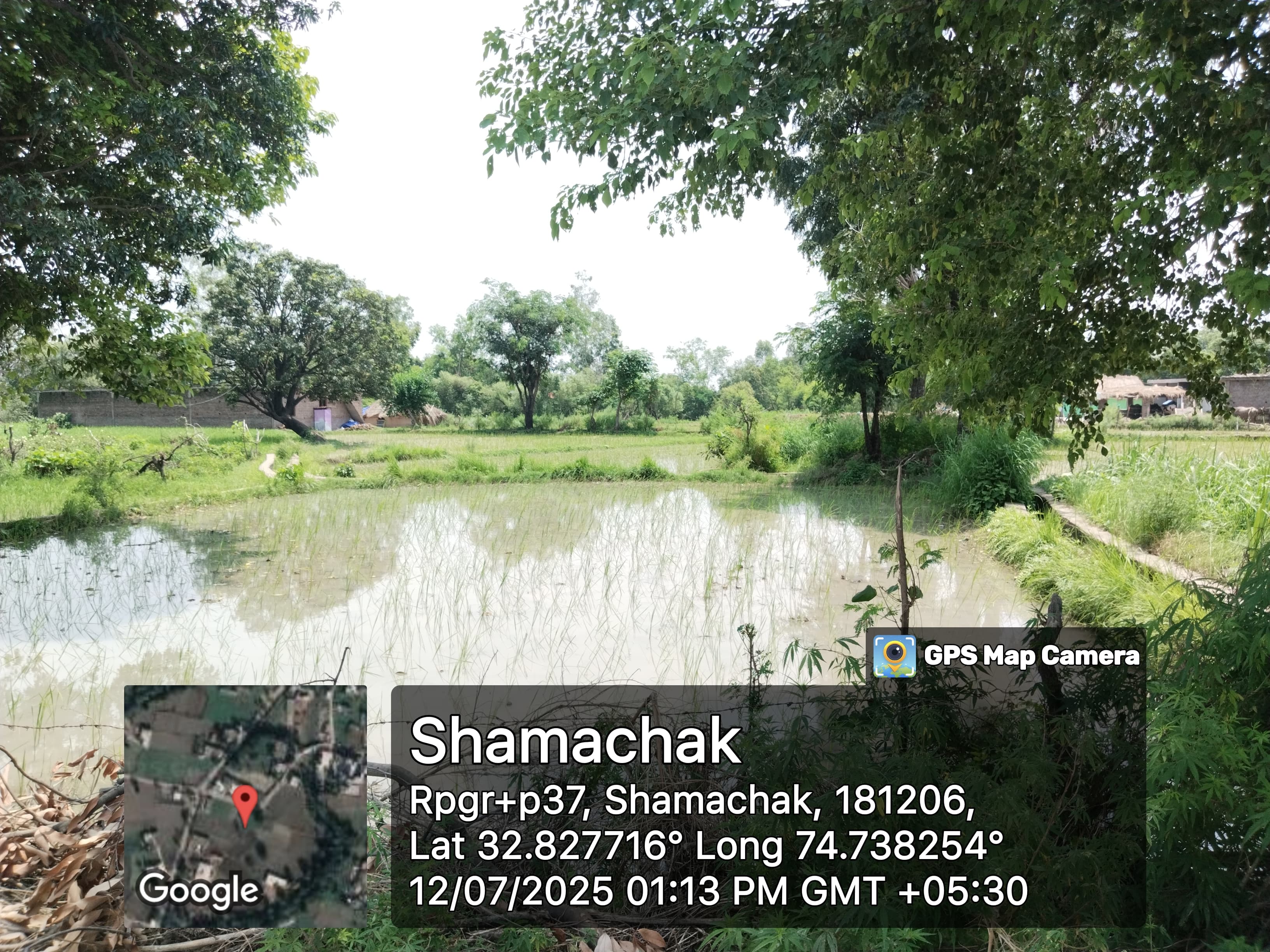
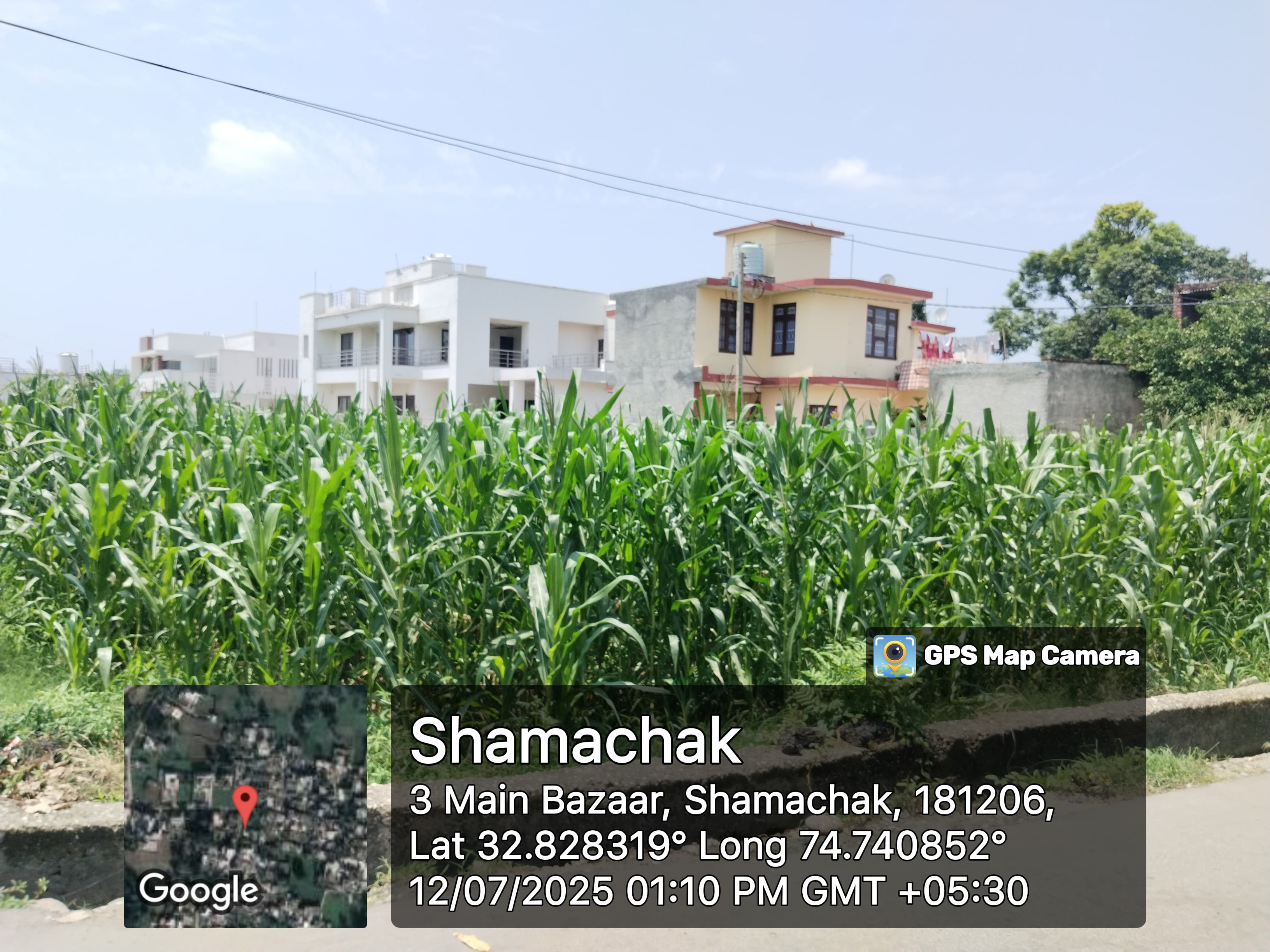
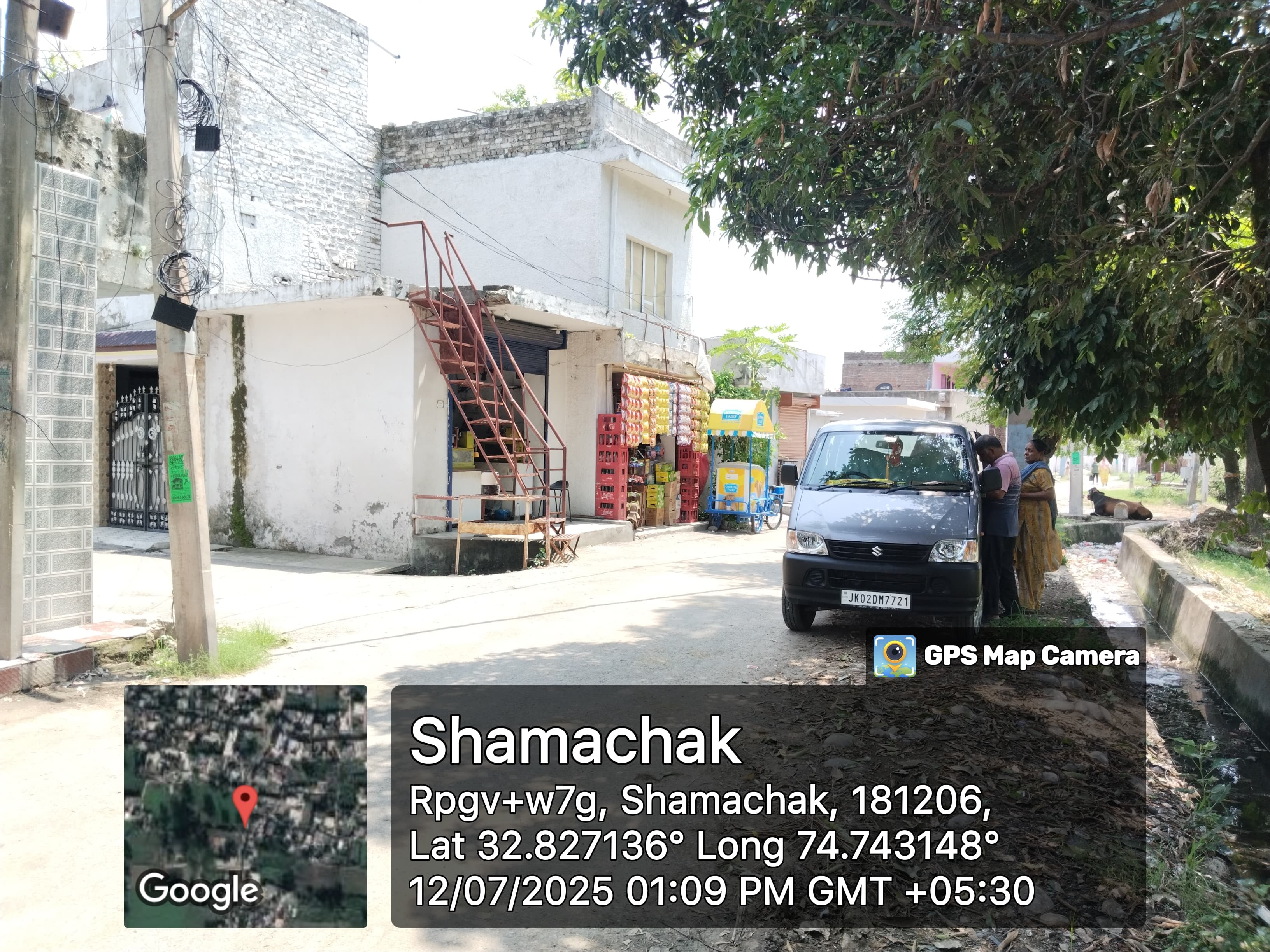
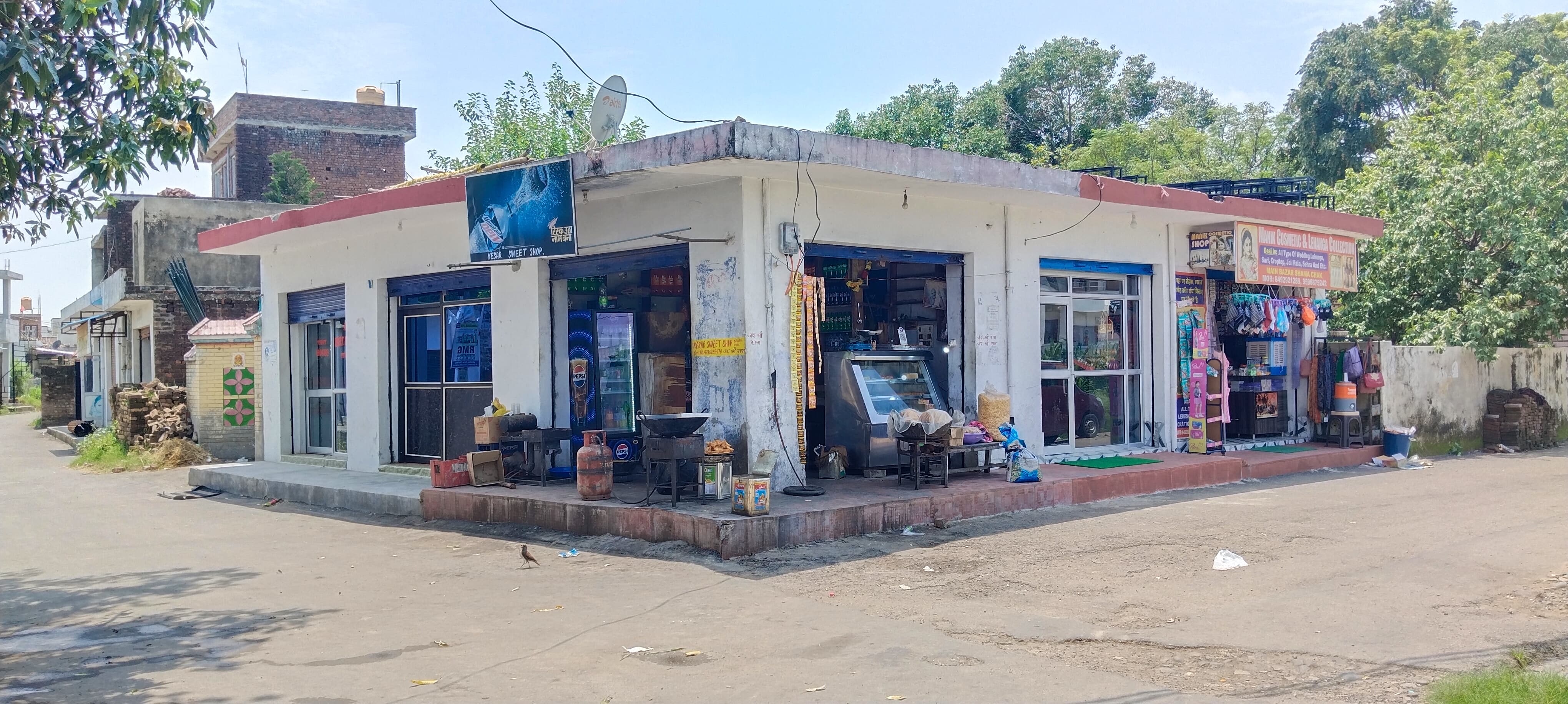
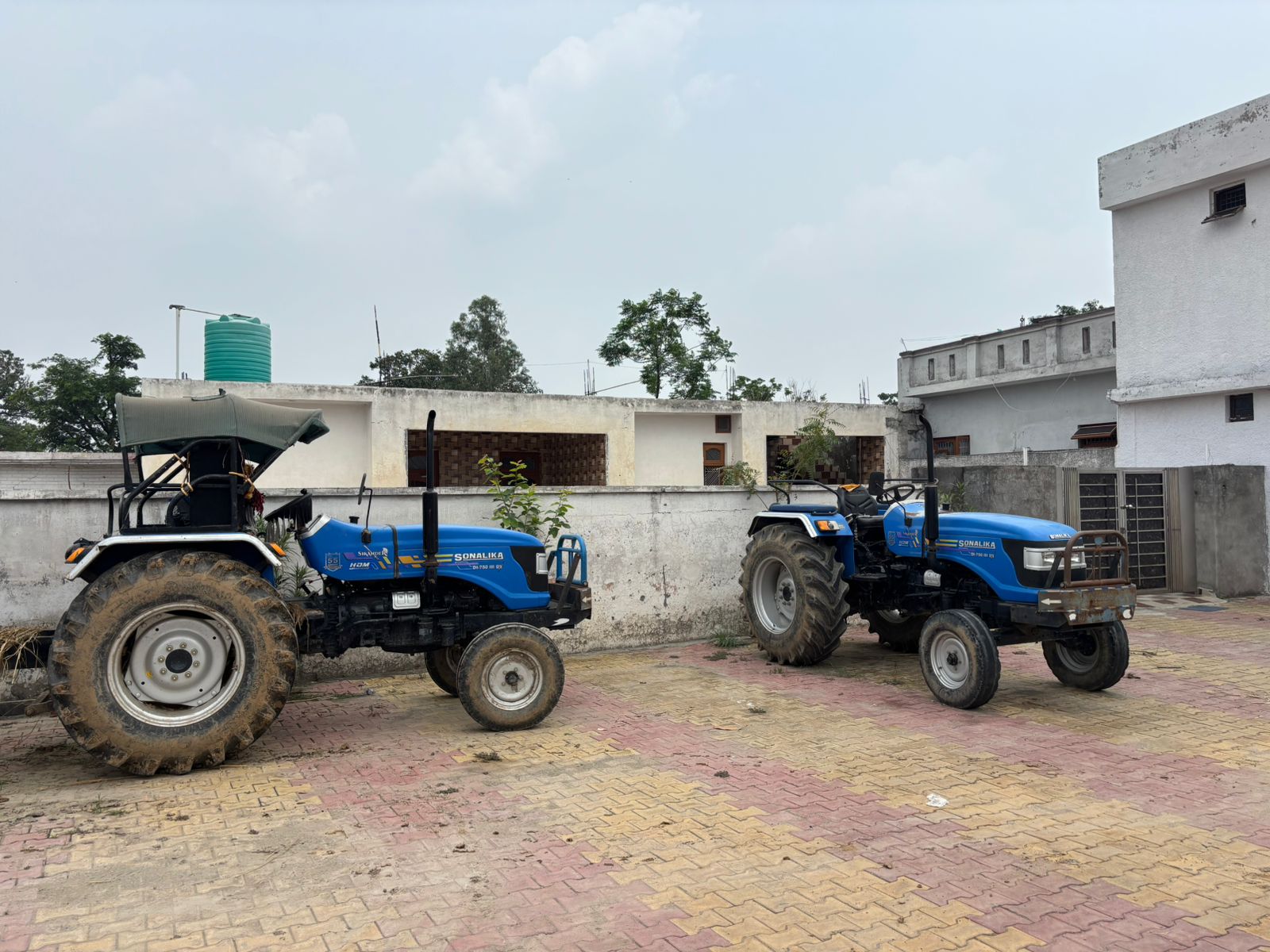
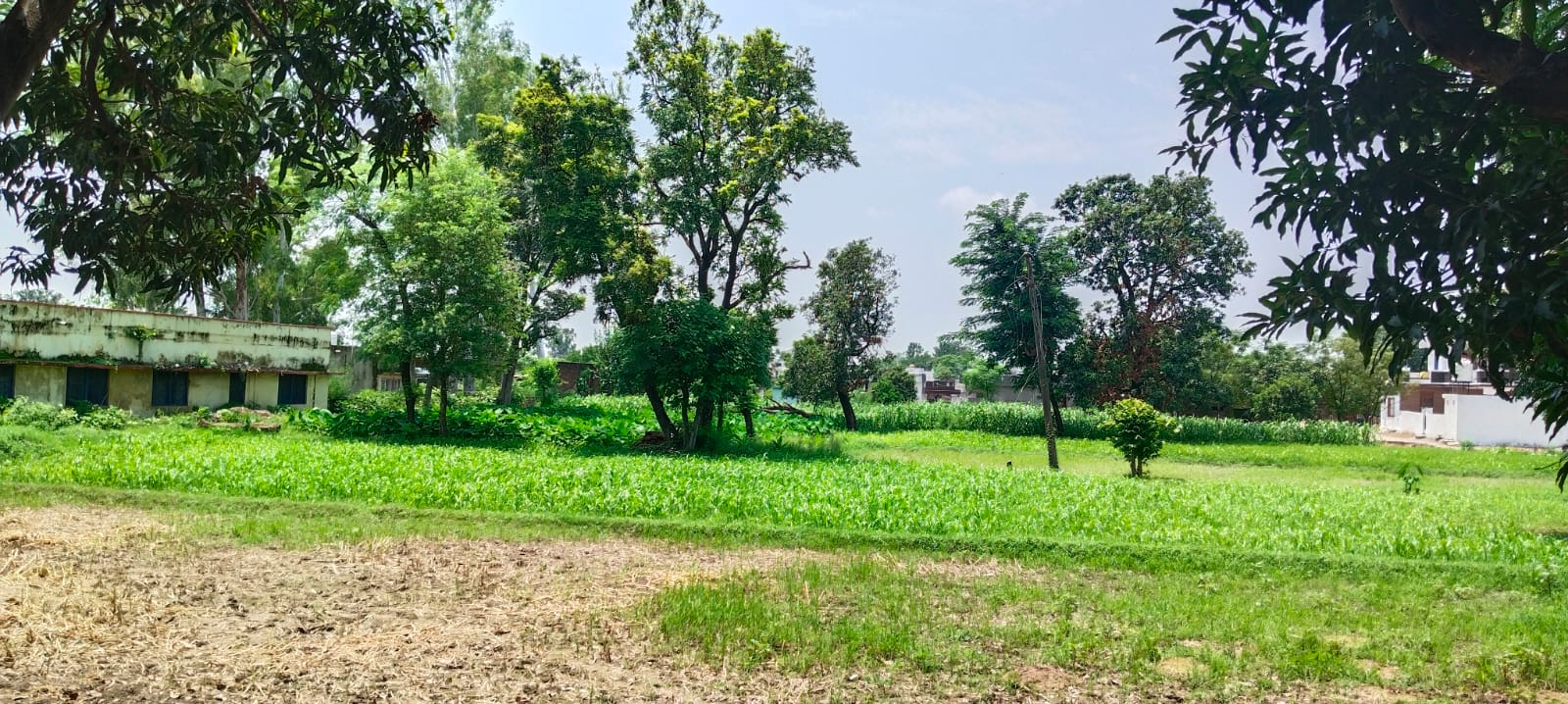
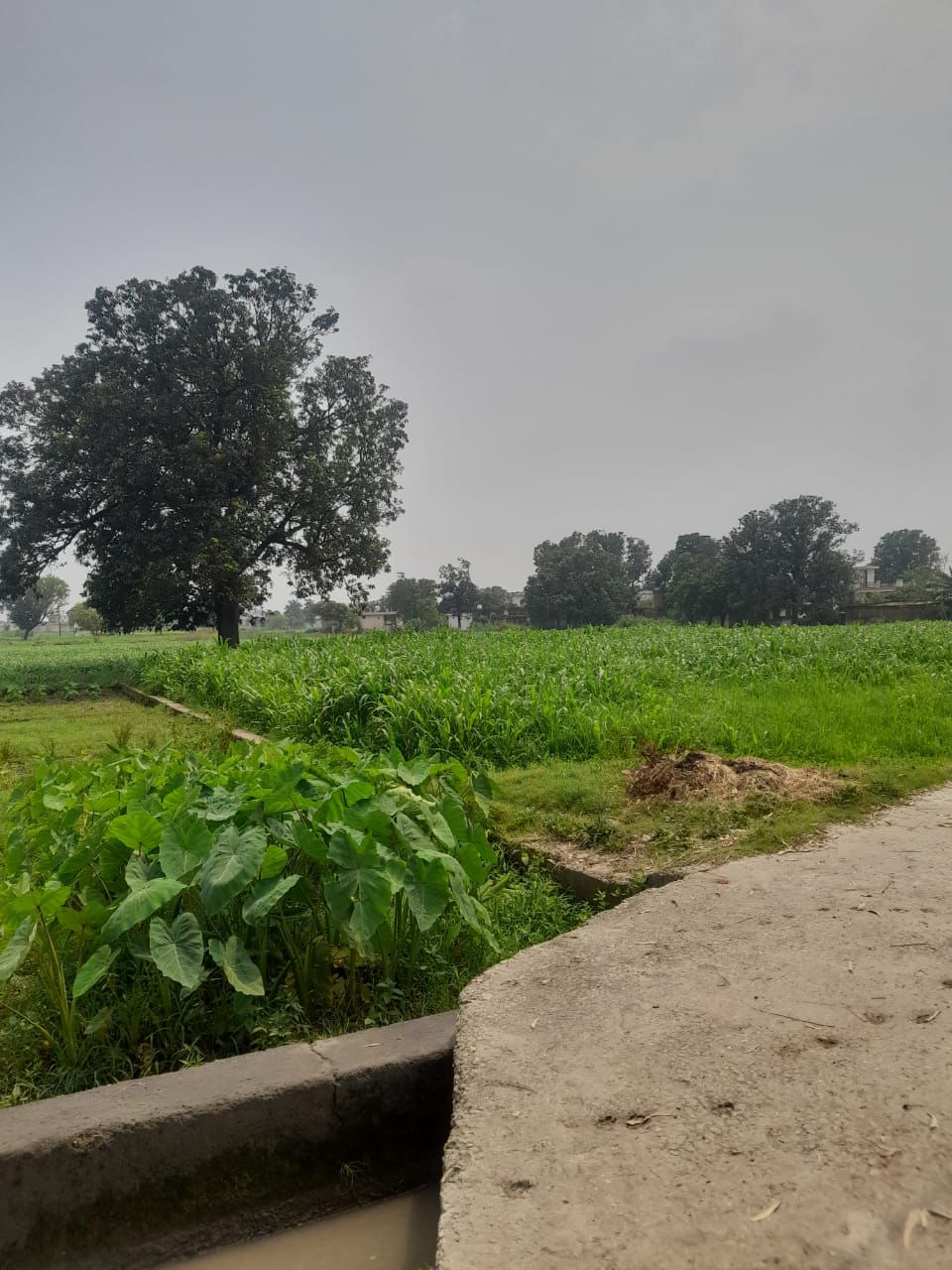
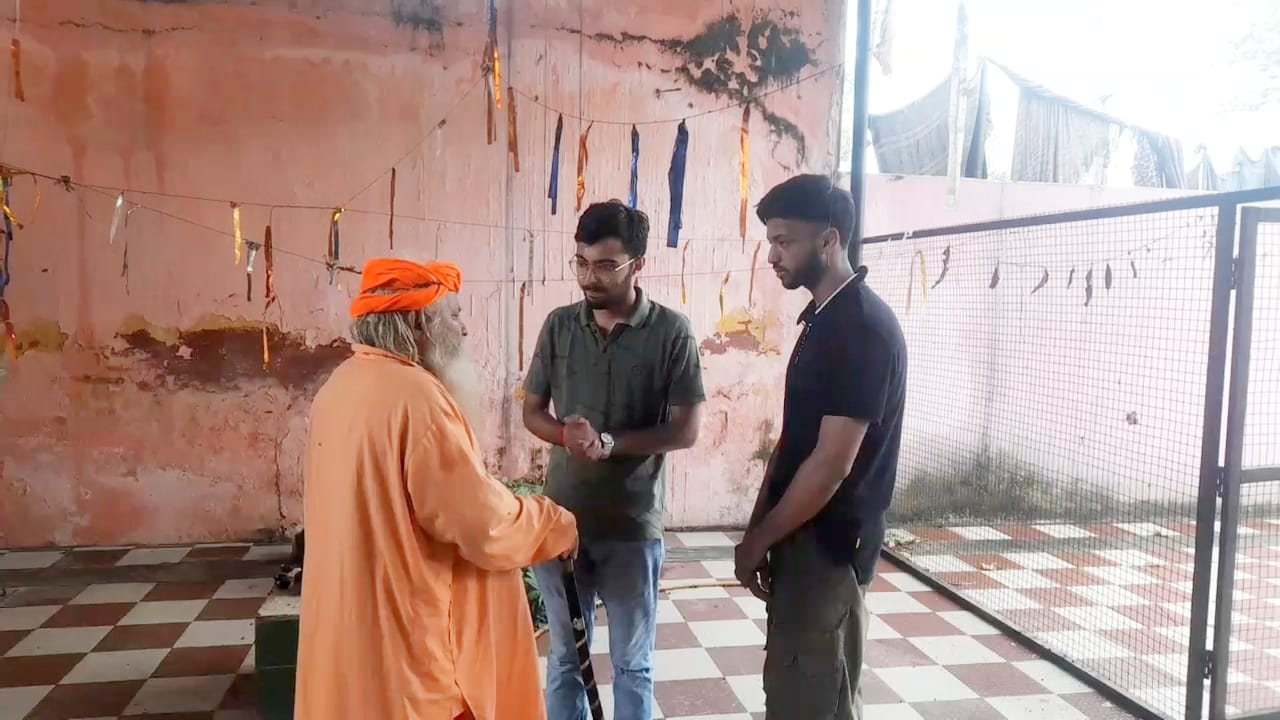
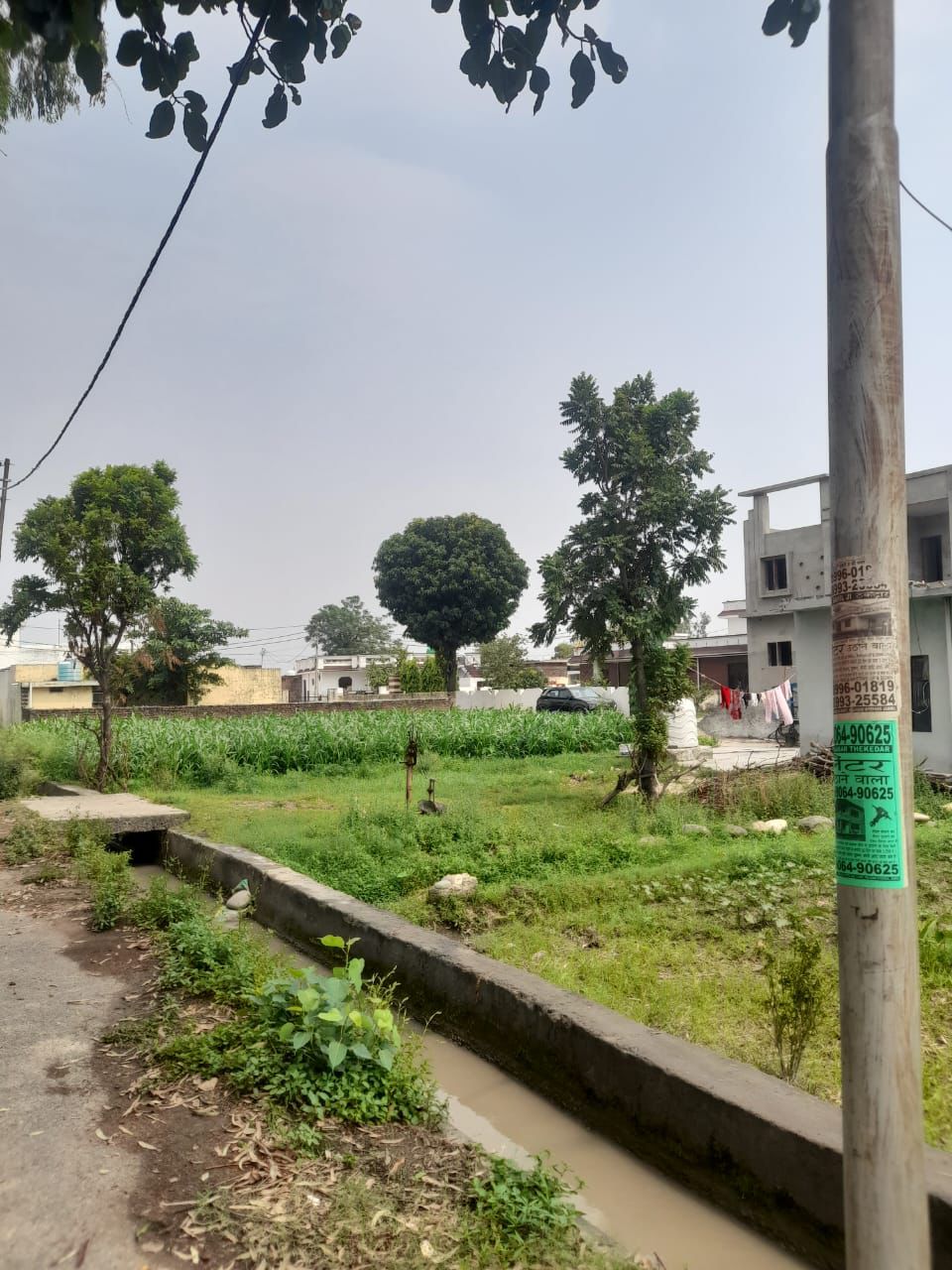
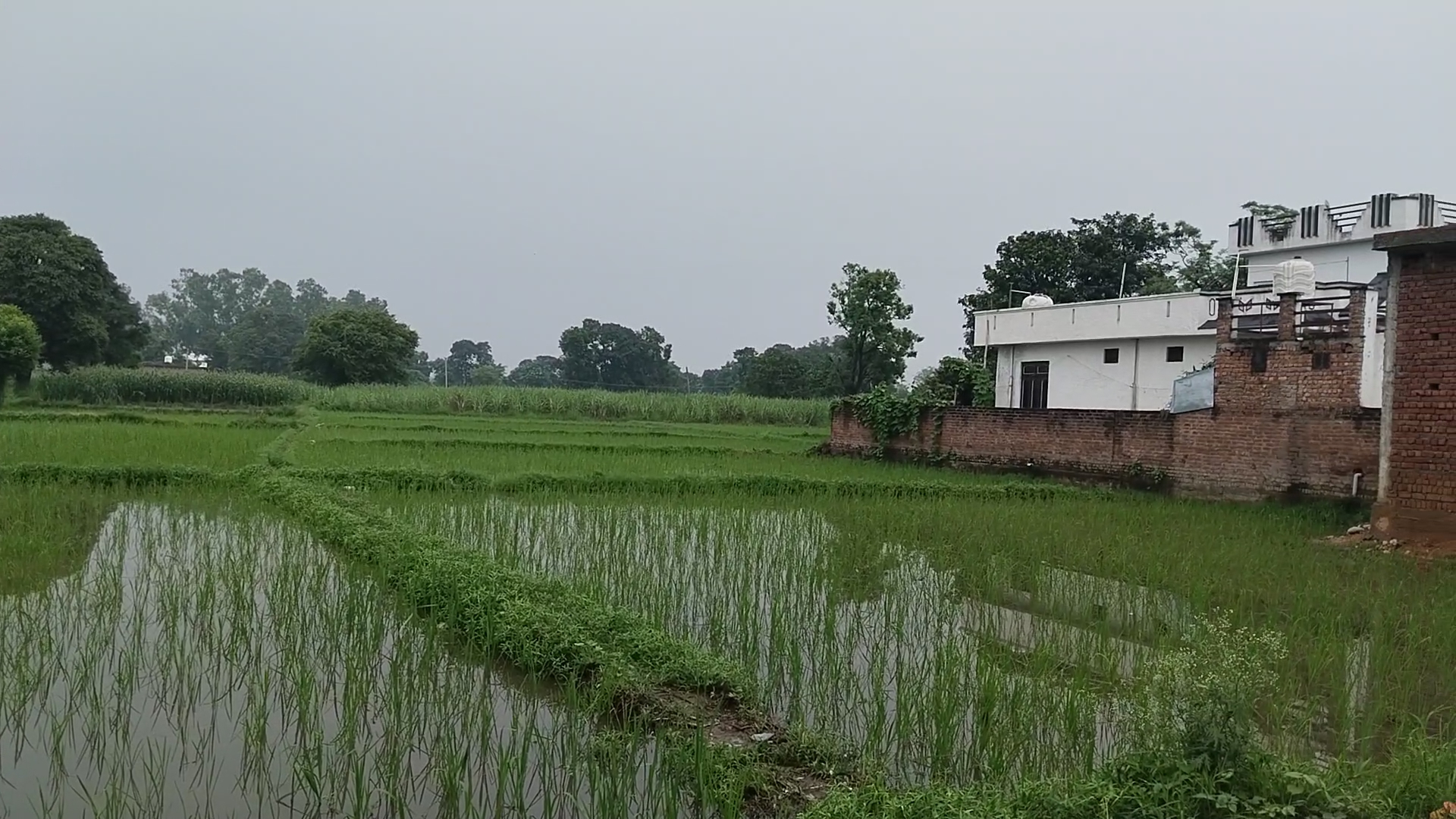
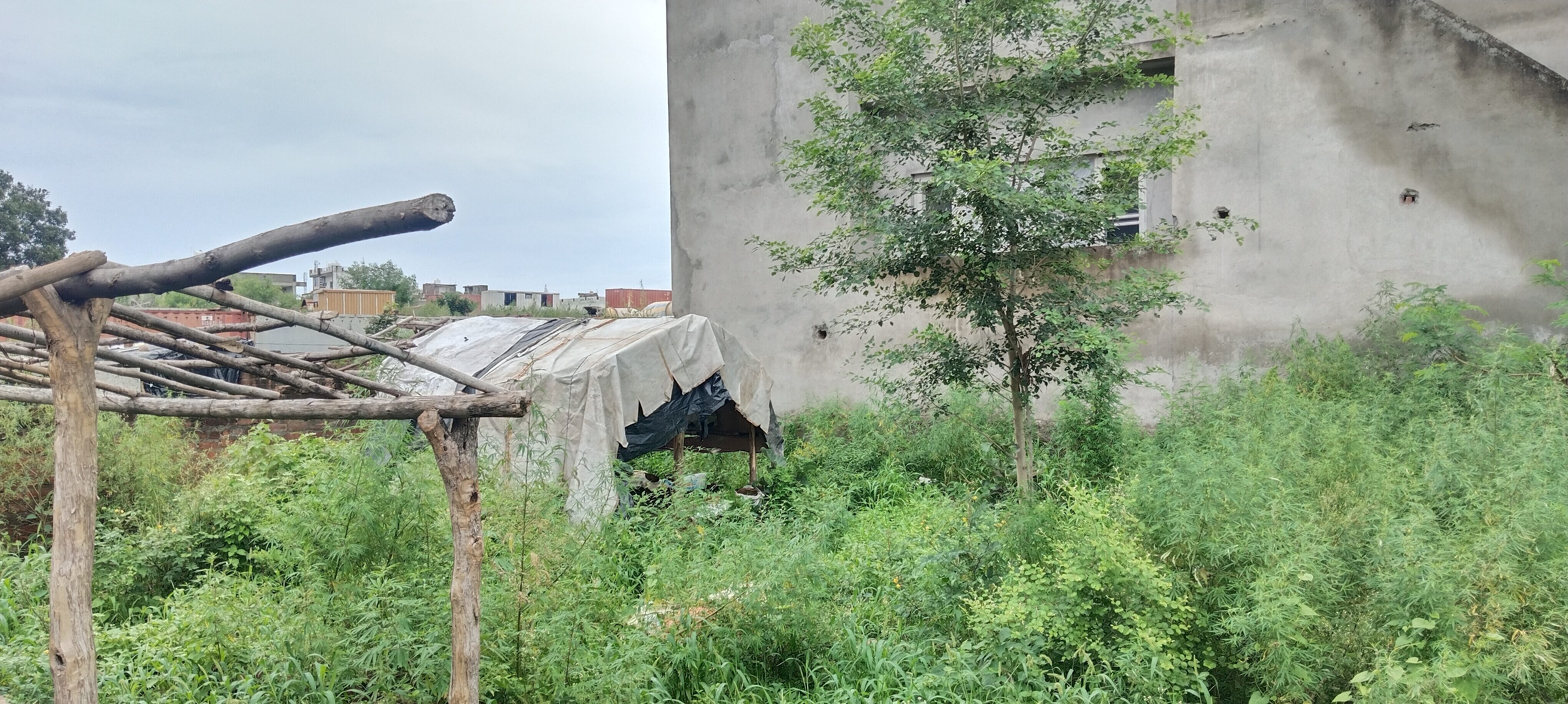



Great information about the village